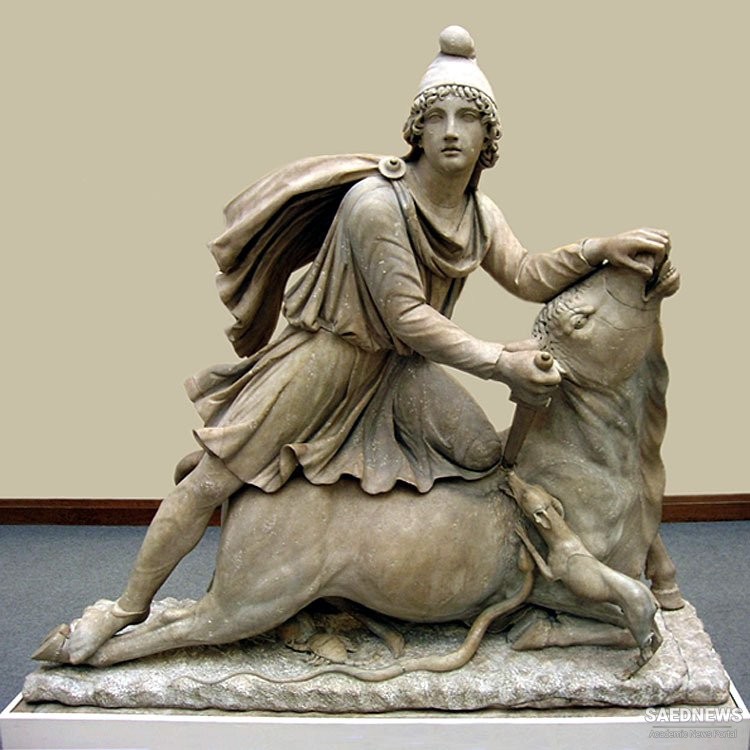The feast of Noruz has its roots in the ancient worship of Mithra, who was the Sun God in Iranian pre-islamic religions, and was also worshipped in Ancient Rome. It was believed that during the first days of the new year the spirits of the ancestors descended from heaven and visited the homes of their descendants, so it was imperative that the houses be clean and tidy, and well stocked with food and candies. On the eve of the last Wednesday of the year, fires were lit on the rooftops to guide the ancestor spirits, a custom that now survives in the guise of street bonfires, over which young (and sometimes not so young) people jump. Today, Afghanistan and other Central Asian nations celebrate Noruz on March 21 and use the Iranian calendar, albeit with different month names. The Romans also began their new year around March—the names of the months September, October, and November are derived from the Latin words for seven, eight, and nine. In England New Year’s Day was the Day of the Annunciation, March 25, from the thirteenth century until 1752, and the present fiscal year starting on April 6 uses a calculation based on the same day. The spring equinox (March 21), along with the occurrence of the full moon, also carries special significance for the Christian churches in determining the exact day of Easter. (Greek Orthodox and Western churches often celebrate Easter at different times because they use slightly different formulas for the calculations.)


 Sofreh Haft Sin: Symbolic Table for Nowruz and Beauties of New Year in Iran
Sofreh Haft Sin: Symbolic Table for Nowruz and Beauties of New Year in Iran














































